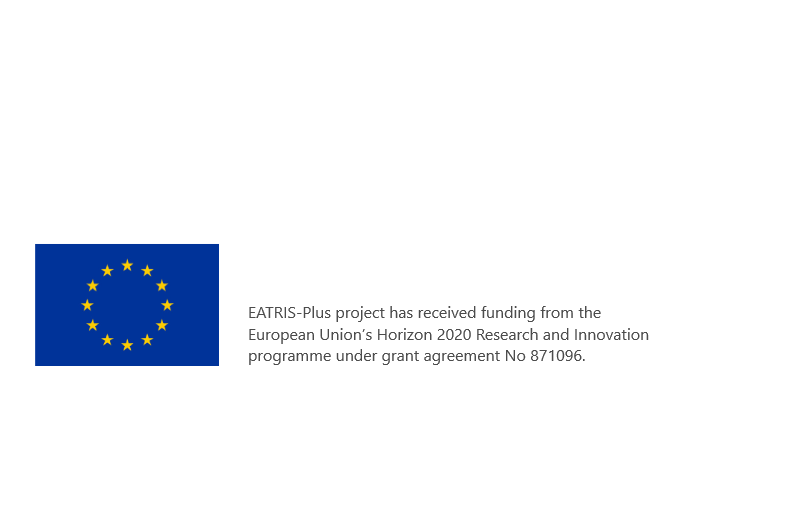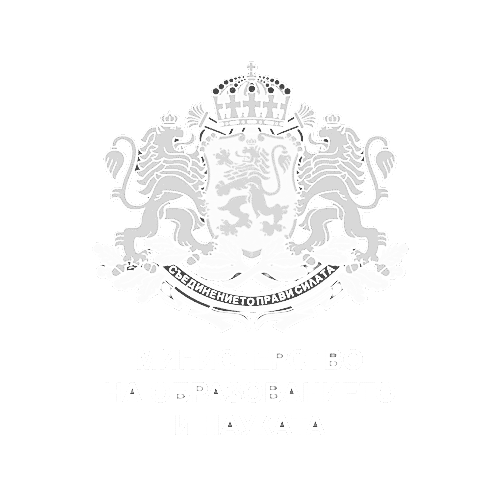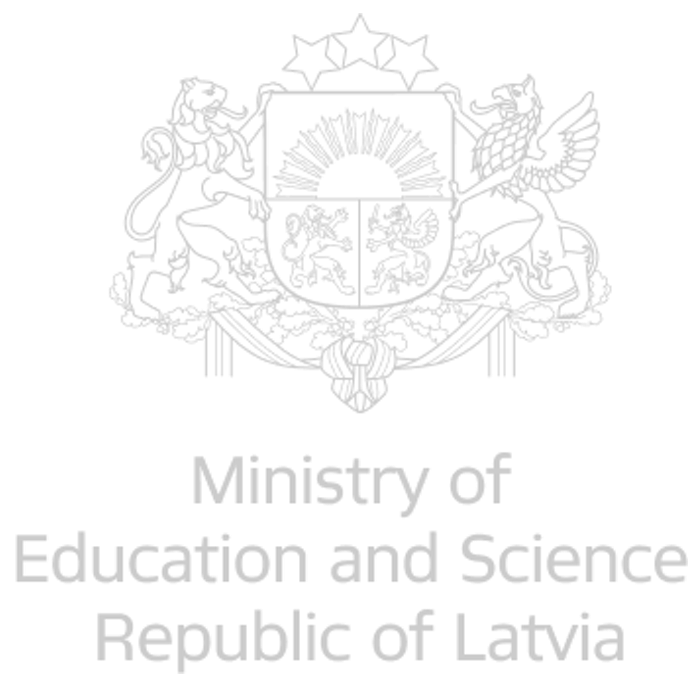On March 4 2021, the newly established EATRIS-Plus Multiomic Stakeholder Group held its first virtual meeting. The group itself was established in 2020 with the intention of facilitating best practices and bring about better alignment in goals and objectives in large scale multiomic initiatives across Europe and beyond.
The group gathers nearly 20 experts from institutions and initiatives including the flagship project EATRIS-Plus scientific work package partners from Institute of Molecular Technology and Medicine in the Czech Republic, Finnish Institute of Molecular Medicine, Radboud University Medical Centre in the Netherlands as well as Uppsala University in Sweden, Luxembourg Institute of Health, and the Ramón y Cajal Institute for Health Research in Spain.
Further expert members of the group include key stakeholders in the multiomic landscape, such as Ivo Gut (CNAG-CRG) representing the EASI Genomics initiative, Manel Esteller (IJC) representing the International Human Epigenome Consortium, Pekka Ellonen and Katja Kivinen (FIMM) representing the 1+MG initiative, Esa Pitkanen and Tomi Makela (FIMM) bringing in the connection with iCAN Finnish cancer project, and Leming Shi from Fudan University in China representing the International Human Phenome Consortium. In addition two Research Infrastructures are represented by Lukasz Kozera and Michaela Mayrhofer from BBMRI, and Jennifer Harrow and Serena Scollen from ELIXIR.
The afternoon kicked off with an inspiring keynote talk by SciLife Lab founder Mathias Uhlen, The Human Protein Atlas – implications for precision medicine and drug development, followed by short presentations by all other initiatives.
The focus of the workshop was to explore some common bottlenecks and start the dialogue of potential areas of collaboration. To that end the event continued with three breakout groups that were thematically divided to Artificial Intelligence readiness, quality initiatives, and synergies and collaborations.
In the first group the discussion focused on the key actions of Multi-omic data for training AI algorithms. Data quality and sharing were debated, in particular what the quality threshold is for submitting to data repositories. As the example poignantly highlighted by the COVID-19 pandemic the sequencing data was produced, but the issue is not as much the legal entity, but submitting the metadata to the repositories (e.g GISAID, ENA). To overcome this obstacle it was considered to hire data stewards to do this work. More importantly it was concluded by the group members that the way Research Infrastructures could support this cause is by providing open tools with workflows that help the data submission to these databases (e.g Galaxy developed by ELIXIR).
Other topics brought up were synthetic data and data biases. It was concluded that synthetic data has utility for testing the infrastructure, but not for pushing things forward where real data can play a key role. Also in terms of data bias, there is not much experience around multi-omic setting at the moment.
Finally it was also mentioned that a lot of data sharing is concentrated on genomics at the moment, but proteomic and proteogenomic data sharing (and related metadata) is difficult.
Gold standards for reference values for different omics technologies need to be established
Meanwhile the second group of experts focused on the quality issues in large scale Multiomic initiatives and determining what is critical in trying to establish a common quality initiative across multi-omic projects. The importance of having good reference materials for quality assessment, benchmarking methods for ring testing, and establishing gold standards for different omics technologies are all vital considerations. The rest of the discussion focused on reference values, how to define them in the context of omics experiments. For certain methods the consideration of gold standards will again be helpful, it was also brought up that it is important to have well characterised samples that can be used in assessment of reference values. In addition, ring trials should be performed on a large group that statistically can present valuable results in order to assist with developing reference values.
In terms of creating guidelines for researchers in omics field, it was agreed by the group that basic criteria should be well defined for sample qualification and inclusion in the cross-center multiomic experiments, and further elaborated that these criteria should be baseline, and not overly detailed.
Stepping into already running processes limits the potential of common understanding
Third group’s focus was on potential synergies and collaborations between multiomic initiatives. The exchange was kicked off with tackling defragmentation and fostering cooperation. The importance of early collaboration was noted and setting common objectives. Stepping into already running processes limits the potential of common understanding, and therefore it would be better building initiatives with global objectives since the very beginning. In addition, it was highlighted that large problems should be divided into smaller pieces to better determine how they can be solved. Finally it was proposed that no matter what all large objectives should always be considered from the citizens and patients’ perspective.
The group also proposed that a joint position paper that considers the bottlenecks and opportunities in the further development and implementation of multiomic research in personalised medicine should be developed. It was also suggested to organise more open workshops for the multiomics community to facilitate knowledge and best practices, and more importantly it would be very beneficial to include policy makers to such forums in order to bridge the gap with the policy agenda.
